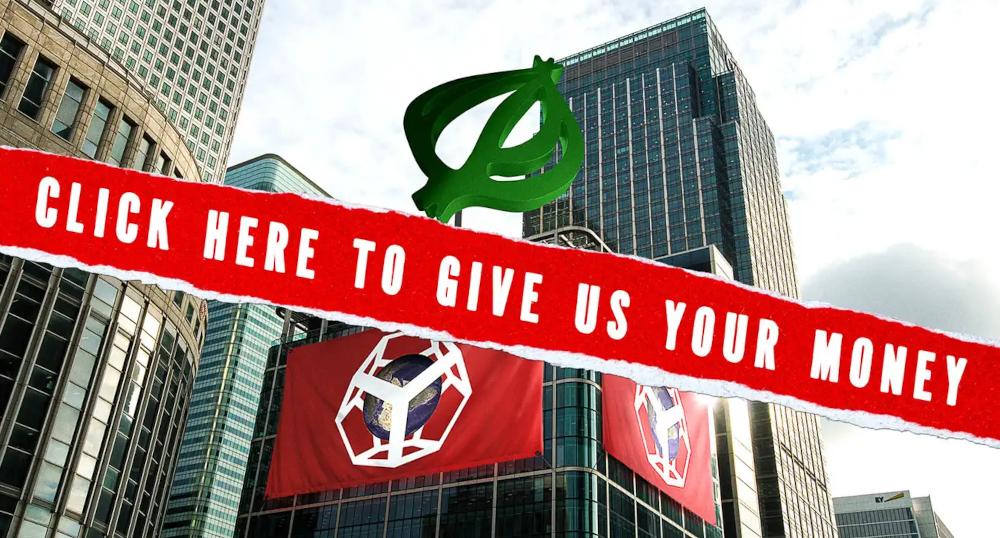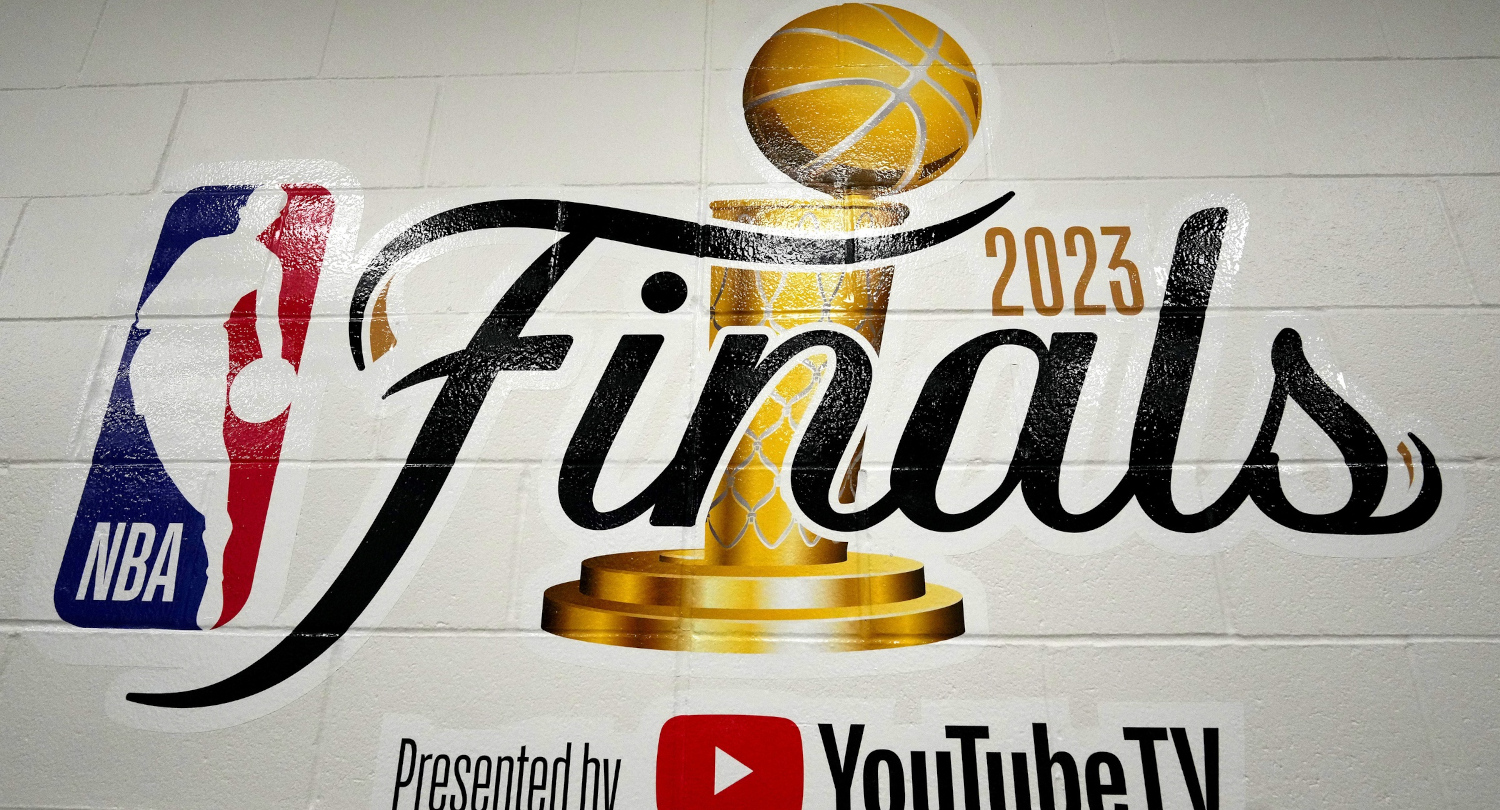The latest
As reported by Forbes’ Darren Heitner, The Athletic recently raised $2.1 million in venture capital funding, led primarily by a $500,000 investment by Courtside Ventures. The site first launched a year ago in the Chicago market, and focusing solely on that region’s sports teams with a primarily mobile-friendly platform. Fueled largely by the World Series run of the Chicago Cubs, the voracious appetite of the city’s fans, and hiring some familiar names like Jon Greenberg and Sahadev Sharma, The Athletic has been successful through getting readers to sign up for monthly and year subscriptions.. However, the site is not yet profitable.
Last month, the site rolled out a spinoff devoted to Toronto sports, hiring known writers such as James Mirtle, Kaitlyn McGrath and Eric Koreen who had developed credibility and followings at other publications. As Courtside Ventures’ Deepen Parikh told Heitner, one to two additional markets will be added in 2017.
“We think there’s a real opportunity in going after the three-team markets,” said Parikh. “You don’t have to go after New York and Los Angeles. Cleveland and Kansas City are good fits.”
Yes, some publications like the New York Times and Washington Post have been able to yield money from readers because of their status as media titans and sources for breaking news, crucial investigative features, and verticals (such as The Upshot or Wonkblog) that provided must-read information and analysis. Others, like the Wall Street Journal, have never had an issue getting people to pay for its content because that information simply can’t be found anywhere else.
But what about sports? ESPN has its Insider subscriptions, but those arguably provide premium content, such as Buster Olney’s reporting and analysis and Keith Law’s minor league evaluations. Sites like Baseball Prospectus and Baseball America have also successfully gotten readers to pay by offering content that can’t be found at a typical newspaper or general sports site. Readers may also encounter paywalls for reporting and analysis on their favorite teams and pay for subscriptions to, for example, the Boston Globe or Los Angeles Times. Yet paying for sports news, analysis and commentary hasn’t been something that the regular fan has been interested in doing.
Hottest ticket in town tonight. Welcome subscribers! 👋👍🙌 pic.twitter.com/c9C08nA42U
— The Athletic Toronto (@TheAthleticTO) January 12, 2017
Besides markets that don’t have teams in all four major sports and perhaps don’t have more than one prominent media outlet, The Athletic could possibly succeed in cities where once-prominent newspapers have been significantly diminished by budget cuts and mergers.
Detroit is one that comes to mind. The city has teams in the four major pro sports, along with big-time college teams (Michigan, Michigan State) nearby, in addition to interest in auto racing. But the Detroit Free Press and Detroit News are nowhere near what they once were, which would seem to present an opportunity to a venture like The Athletic. Perhaps some writers and voices that formerly had jobs at those publications, local news channels or even sports talk radio stations, and were popular with fans could find an audience. That was the model with Fox Sports Detroit, which seemed to generate interest, until being shuttered.
However, national sports sites creating regional verticals hasn’t worked well in recent years. ESPN gave that a try with sites focused on New York, Boston, Chicago and Dallas, but that’s largely been shut down now. Fox Sports and SB Nation also attempted to go regional and those ventures failed.
The Athletic has some significant money behind it now, the amount of which implies a significant valuation of the business. But that likely depends on finding the same success as Chicago in those other markets. Founder and CEO Alex Mather told Heitner they need approximately 2,000 subscribers in a market to break even. So choosing which cities to expand into will be extremely important, and that growth will likely have to be gradual in order not to burn that funding out rapidly. With additional success could come more investment.
But it’s certainly a risky direction to follow, one that hasn’t worked for other media publications and ventures before.
[Forbes]








THIS WILL FAIL 10000000%